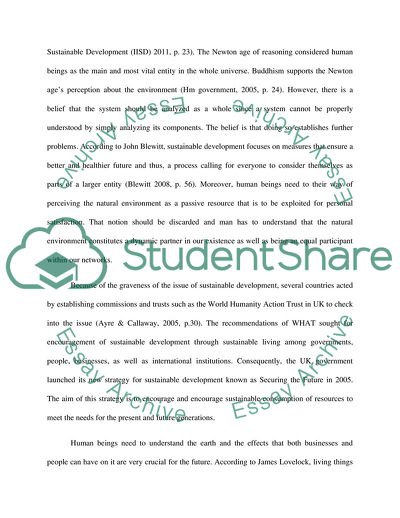Cite this document
(Who Sustains Whose Development Assignment Example | Topics and Well Written Essays - 2000 words, n.d.)
Who Sustains Whose Development Assignment Example | Topics and Well Written Essays - 2000 words. https://studentshare.org/environmental-studies/1816368-sustainable-development
Who Sustains Whose Development Assignment Example | Topics and Well Written Essays - 2000 words. https://studentshare.org/environmental-studies/1816368-sustainable-development
(Who Sustains Whose Development Assignment Example | Topics and Well Written Essays - 2000 Words)
Who Sustains Whose Development Assignment Example | Topics and Well Written Essays - 2000 Words. https://studentshare.org/environmental-studies/1816368-sustainable-development.
Who Sustains Whose Development Assignment Example | Topics and Well Written Essays - 2000 Words. https://studentshare.org/environmental-studies/1816368-sustainable-development.
“Who Sustains Whose Development Assignment Example | Topics and Well Written Essays - 2000 Words”. https://studentshare.org/environmental-studies/1816368-sustainable-development.


